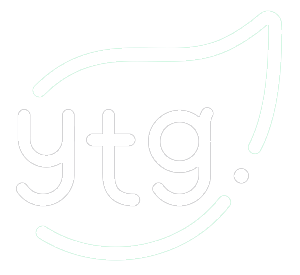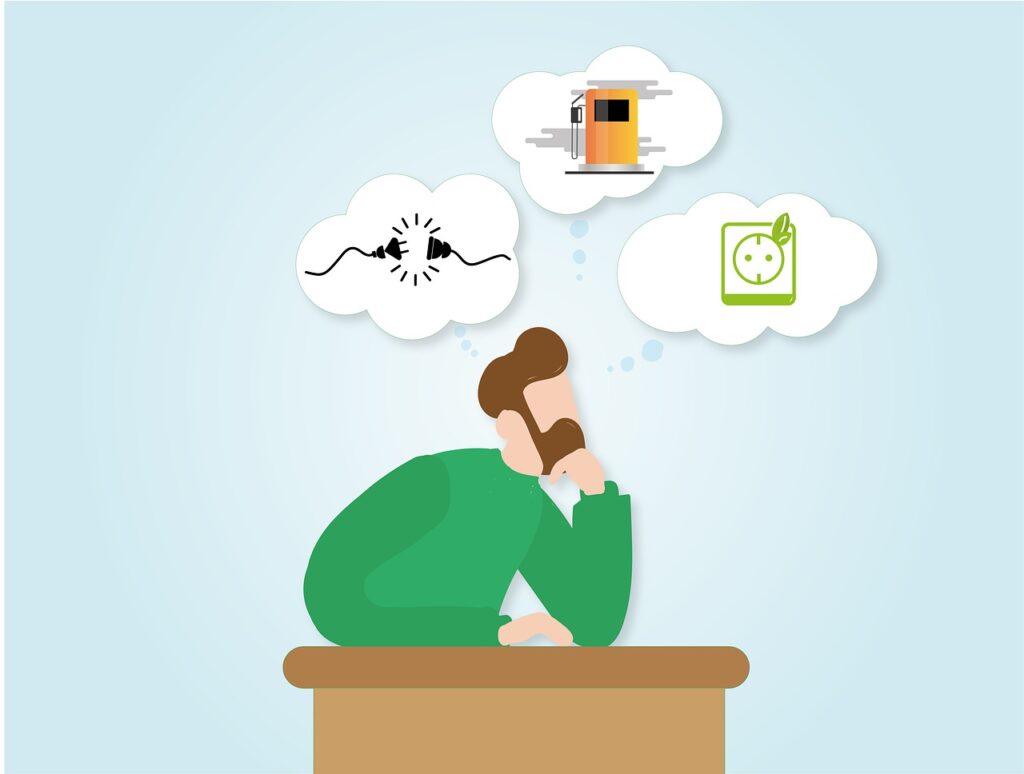Cloud Computing: What Is It?
Different services are delivered through the Internet using cloud computing. These tools and programs comprise software, servers, databases, networking, and data storage, among other things.
Cloud-based storage enables you to save files to a remote database rather than a proprietary hard drive or local storage device. An electronic gadget has access to the data and the software applications needed to run it as long as it has internet connectivity.
For a variety of reasons, including cost savings, enhanced productivity, speed and efficiency, performance, and security, cloud computing is a popular choice for both individuals and corporations.
Knowledge of Cloud Computing
Cloud computing has earned its moniker because the information being accessed is located remotely in the cloud or another virtual environment. Users may store files and apps on faraway servers and then access the data through the Internet thanks to businesses that offer cloud services. This enables the user to access it remotely as they are not obliged to be in a certain location to do so.
You may process data without using a computer or carrying along bulky equipment with the aid of cloud computing. Additionally, the entire workload is sent to enormous computer clusters positioned far away in cyberspace. Once the Internet transforms into the cloud, your data, work, and apps are available from any device that can connect to the Internet, from anywhere in the world.
Clouds may be both public and private. Public cloud service providers use the Internet to supply their services for a fee. However, only a small number of users may use private cloud services. A networked infrastructure that provides hosted services makes up these services. There is also a hybrid option that combines elements of both public and private services.
Cloud Service Types
No matter the service type, cloud computing services provide consumers a number of benefits, such as:
- Email backup.
- storage, and information retrieval.
- developing and evaluating applications.
- Streaming audio and video while analyzing data.
- On-demand software delivery.
Although it is still a relatively new technology, cloud computing is being utilized by a wide range of industries, including large corporations, small businesses, charitable organizations, governmental agencies, and even individual consumers.
Dispatch Models
There are many different kinds of clouds, and each one is unique. On Internet-connected servers and storage, public clouds provide their services. These are run by independent firms who manage and take care of all the infrastructure, software, and hardware. Customers use accounts that virtually anybody may use to obtain services.
Private clouds are only accessible to a small number of clients, often only one company or organization. The cloud computing service could be hosted by the company’s data center. On a private network, several private cloud computing services are offered.
As the name suggests, hybrid clouds combine both public and private services. This kind of architecture gives the user more options and improves the infrastructure and security for the user.
Cloud Computing: Types
- Like a chip or a phone, cloud computing is not a standalone piece of technology. Instead, it is a system made up largely of three services: platform-as-a-service, infrastructure-as-a-service, and software as a service (SaaS) (PaaS).
- The software-as-a-service (SaaS) concept involves licensing software to customers. Typically, licenses are offered on an as-needed or pay-per-use basis. The Microsoft Office 365 suite includes a similar technique.
- Operating systems, servers, and storage may all be made available through an IP-based connection as part of an on-demand service using the IaaS delivery method. Instead of needing to purchase software and servers entirely, customers may use an on-demand, outsourced service. IaaS platforms like Microsoft Azure and IBM Cloud are well-known examples.
- Platform-as-a-PaaS is the most challenging of the three cloud computing levels (PaaS). The key difference between PaaS and SaaS is that PaaS is a platform for building software that is given through the Internet as opposed to providing software as a service. This tactic makes use of tools like Heroku and Salesforce.com.
Benefits of Cloud Computing
Cloud-based software, which can be utilized on any device through a browser or a native app, may be beneficial to businesses from a variety of sectors. As a result, users may easily move their data and preferences from one device to another as a result.
Accessing data from several devices is merely a small part of cloud computing. Users can check their email on any computer thanks to cloud computing services, and they can even store files using programs like Dropbox and Google Drive.
Users of cloud computing services may also back up their documents, images, and music, guaranteeing that they will always have access to them in the case of a hard drive accident.
This may also save a lot of money for big businesses. Before the cloud was a viable alternative, businesses had to spend a lot of money on expensive information management infrastructure and technology acquisitions, building, and upkeep. Fast Internet connections may replace expensive server farms and IT professionals in firms, allowing people to complete jobs online by connecting with the cloud.
By leveraging the cloud infrastructure, people may reduce the amount of storage they need on their desktops and laptops. Since software may now be purchased online rather than through more traditional, tangible channels like discs or flash drives, customers can update their software more rapidly. Customers of Adobe, for instance, may access the software contained in its Creative Cloud with an online subscription.
Customers can easily get updates and patches for their apps thanks to this.
Problems with the Cloud
There are hazards, of course, with all the speed, efficiency, and innovations that come with cloud computing.
Security has always been a major worry with the cloud, particularly when it comes to private financial and medical documents. Although rules require cloud computing firms to strengthen their compliance and security procedures, it is still a problem today. Important data is encrypted for protection, but if the encryption key is lost, the data is gone as well.
Cloud computing firms’ servers are susceptible to internal errors, power outages, and natural calamities. A California blackout may render customers in New York helpless, and a Texas company could lose its data if something causes its Maine-based provider to fall. This illustrates the geographical reach of cloud computing.
As with any technology, there is a learning curve for both personnel and management. However, inadvertent mistakes may propagate across the whole system when several users access and modify data through a single gateway.
What Is an Example of Cloud Computing?
Numerous cloud computing apps are being used by both businesses and people. One type of cloud service is streaming services for music or video, where the real media assets are stored offsite. Another choice would be to use data storage platforms like Google Drive, Dropbox, OneDrive, or Box.
Cloud Computing Security
Data security and platform security are major concerns since software and data are stored remotely in cloud computing. Measures made to safeguard digital assets and data housed on cloud-based services are referred to as cloud security. Two-factor authentication (2FA), the usage of VPNs, security tokens, data encryption, and firewall services are just a few of the safeguards used to secure this data.






